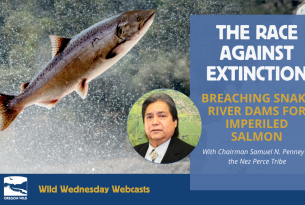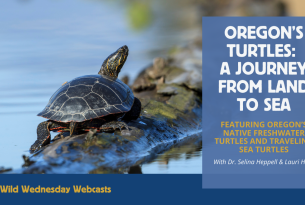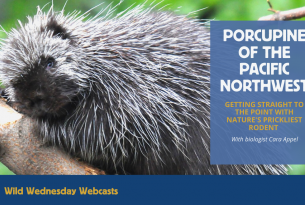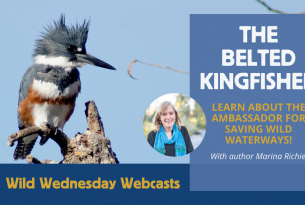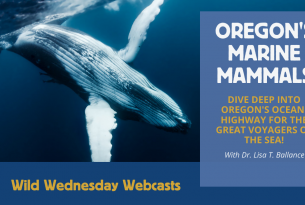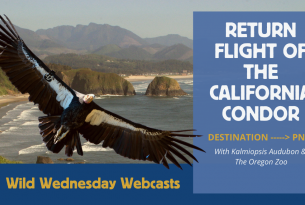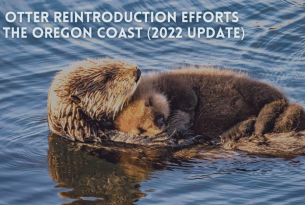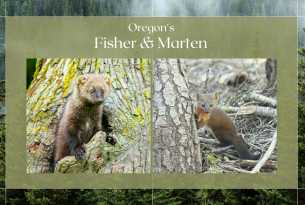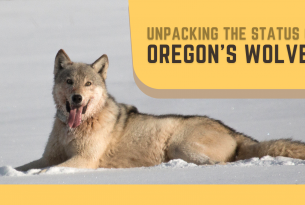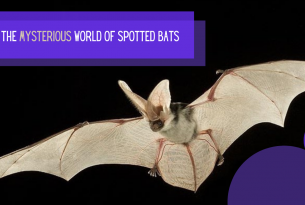Wildlife Webcasts
Porcupine of the Pacific Northwest
Although porcupines may be slowpokes, most other animals know to keep a wide berth from those sharp quills! The porcupine's prickly self defense mechanism makes it easily recognizable, however their vital importance in the ecosystems of the Pacific Northwest is often less known. Porcupines are intertwined with healthy forest lifecycles, turning trees into critical habitat for dozens of other species. Aside from the quills, they also have many other valuable physical characteristics, allowing them to be true adventurers of every elevation of a forest.
In Search of the Belted Kingfisher
Whether hovering or diving from a branch, a belted kingfisher's headfirst plunge to snap fish near the surface is swift and precise. The jay-sized birds flourish across North America where water is clean, and in places with plentiful fish, perches, and coveted earthen nest banks. Oregon's many rivers, streams, lakes, ponds, wetlands, and coastal bays offer refuge for this dazzling bird.
Oregon’s Marine Mammals
Learn about our state's journeying marine mammals. From the biggest animals on Earth like the blue whale, which weighs as much as 33 elephants (~200 tons) and has a heart the size of a Volkswagen Beetle, to some of the smartest and most agile, like the bottlenose dolphin, Oregon's ocean has it all. We gave a warm whale-come to Dr. Ballance, the Director and Endowed Chair for the Marine Mammal Institute at Oregon State University. She discussed the cutting edge science surrounding marine mammals, threats, and what can be done to protect them.
Sea Otter Reintroduction Efforts on the Oregon Coast (2022 Update)
On February 2nd, Bob Bailey from the Elakha Alliance taught us about the sea otter feasibility study, the most important guiding document for reintroducing sea otters to the Oregon coast. We learned about topics varying from habitat suitability and ecosystem effects of sea otters, to political, legal, economic, and social considerations for successful reintroduction.
Webcast: Unpacking the Status of Oregon's Wolves
Wolves once had a range that covered a vast majority of North America. A concentrated killing campaign drove wolves to the brink, and it is only through hard-fought conservation efforts that these native animals have started to re-establish across their range. Wolves are still slowly returning to the places their ancestors once howled and roamed. Unfortunately, short-sighted politicians have resumed the last century's war-on-wolves, threatening to undo decades of recovery. This webcast provided a thorough overview of the status of wolf protections.
Key Points:
Webcast: The Mysterious World of Spotted Bats
Bats serve as nature’s fluffy pollinators, pest control agents, and key indicators of cave health. In Oregon alone, there are 15 bat species with the most elusive being the spotted bat. However, important surveys conducted in 2015 in Central Oregon hinted that the species may be more common than initially thought. Learn more about the spotted bat and how community science might be the key to solving this mystery.

